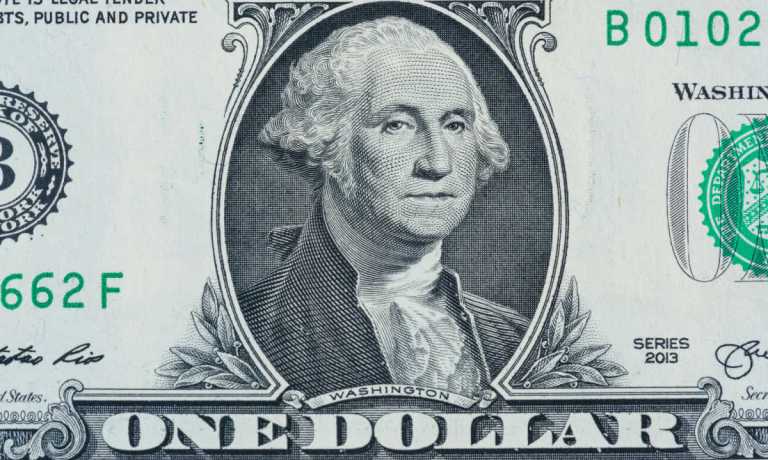
Money is evolving beyond Jeffersons, Jacksons and Benjamins, as digital solutions transform the landscape.
This, as more than 4 in 10 Americans (41%) say they don’t use cash to pay for their typical weekly purchases.
Credit cards and cell phones have already been disrupting the physical cash market for years, creating a future-fit opening for new solutions including central bank digital currencies (CBDCs), digital wallets, stablecoins and even cryptocurrencies to gain favor with consumers.
In Europe, a full third of consumers have reduced their cash usage, while in Denmark the benefits of a cashless economy mean no more bank robberies, although it remains to be seen whether criminals are moving their stickups online.
But as next-generation payment solutions and currencies increasingly take over, is America really ready for a truly cashless society?
As PYMNTS readers are likely well aware, the current U.S. system of money and payments has substantial strengths that have supported more than a hundred years of economic and financial leadership around the world.
While certain legacy payment systems can be slow and at times challenging for consumers and businesses to access, the U.S. system has proven capable of processing an enormous volume of transactions in an efficient and reliable manner while maintaining key privacy protections for users.
Still, the way people pay for things is changing as the nature of money itself transforms alongside an ongoing payment systems revolution.
While no President, Alexander Hamilton had his day recently with the U.S. “Project Hamilton” effort successfully proving the technical feasibility of a digital dollar CBDC able to settle between 170,000 and 1.7 million transactions per second, as well as bring nearly all (99%) transactions to completion in under five seconds.
This real-time-equivalent settlement speed is much faster than some of the most popular blockchains, and faces little competition elsewhere.
There are multiple varieties of CBDCs that can be issued by a central bank, and the national banks of over 100 countries are exploring their own CBDC might look like. All G7 economies have successfully moved from the research stage of a CBDC to the development stage.
Recent money and payments innovations such as instant and real-time payment systems, as well as stablecoins, could have far-reaching implications for both the U.S. and global financial systems.
After all, any payment flow in U.S. dollars is technically an onshore payment.
But whereas instant payment networks tend to preserve the core features of existing money and money movement systems — just providing faster and more efficient ways to pay using them — stablecoins represent a different beast entirely, supported by an emergent and innovative payments technology that holds far more difficult to predict implications across both retail and wholesale systems.
PYMNTS research in the February 2023 “Digital-First Banking Tracker” shows that well-established traditional banks and FinTechs all over the world are rolling out initiatives targeted to meet customers’ growing appetites for digital.
As younger generational cohorts age up and begin to engage with the traditional financial sector, stablecoins are being viewed by many observers as a key digital innovation that may eventually shape the next iteration of financial experiences.
Stablecoins, as the name implies, are digital assets that aim to maintain a stable value relative to a reference asset, generally a national currency, and use distributed ledger technology (DLT) platforms such as the blockchain to do so.
They are generally issued by private entities, compared to the sovereign aspect of CBDCs — themselves a private, permissioned variety of stablecoin — and due to stablecoin’s relative newness, key existential questions about their fundamental nature are still being debated such as just what they are (securities or assets); what are they backed with (straight one-to-one currencies or baskets of liquid holdings); and what will or can they be used for?
Regarding the last question of use, stablecoins are primarily turned to today as a means of facilitating trading, lending, or borrowing of other digital assets, primarily cryptocurrencies.
Proponents believe that stablecoins hold great promise for improving the efficiency of cross-border payments, and could one day become more widely used as a means of payment by households and businesses.
Because the form of money is relatively new, if stablecoins become widely adopted globally as a means of payment, it could hypothetically pose risks for illicit financial transactions due to uneven implementation of global AML/CFT standards for digital assets.
Still, for all of consumers’ reported interest in digital financial tools, it is worth noting that PYMNTS research finds fewer than 1 in 10 banking customers (9%) have their primary bank account with a digital-only bank.
Money’s core functions cover three main areas — it exists as a unit of account, a medium of exchange and a store of value. It can be both public, a liability of a nation’s central bank, or private, a liability of an intermediary. Despite the onward march of a global digital transformation, nothing about these central tenets seems likely to change any time soon.